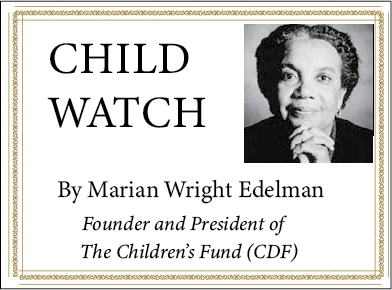
Witness for Justice
Access is love: Harm reduction and overdose prevention gaining traction
By Derek Duncan
By the end of 2021, it appeared that the era of public support for harm reduction might finally be upon us, and many of us closed out the year reflecting on and celebrating significant firsts.
In November, I joined movement leaders in New York City to bless the first sanctioned Overdose Prevention Centers (OPC) in the United States. Drawing on the expertise and ministry of people with lived experience of substance use, the sites provide sanctuary for people who use drugs. They offer social connection, access to compassionate healthcare, social services, and safer use supplies, as well as monitoring by people trained to respond to an overd
ose event. In their first six weeks of operation, the OPCs saved over 115 lives.
In December, I represented the National UCC at the first-ever federally sponsored National Summit on Harm Reduction, convened by SAMHSA, CDC, and ONDCP. The summit followed our successful advocacy efforts to establish first of its kind dedicated harm reduction funding as part of the American Rescue Plan, and the connected release of a Request for Proposals (RFP) by SAMHSA for grant funding to support harm reduction programs.
These firsts have not been universally celebrated and there remain significant barriers to scaling up these lifesaving public health strategies to meet community needs. The expansion of OPCs remains restricted by federal legislation from 1986 that “makes it a crime to maintain a drug-involved premise.” While this law was never intended to restrict the provision of public health interventions to address substance use, it remains a formidable legal barr
ier to protecting the lives of people at risk of overdose.
SAMHSA’s Harm Reduction RFP received significant negative media and reactive pushback from the government immediately following the grant submission deadline. Racist dog whistles were used to accuse the Biden Administration of spending millions on safer smoking supplies including glass pipes for stimulant users, and legislation has since been proposed to limit the scope of healthcare supplies, like glass pipes, eligible for reimbursement under this funding opportunity.
The evidence is clear. Harm reduction is essential for healthcare and saves lives. It increases safety, reduces the risk of diseases and injuries, and offers alternatives to more dangerous modes of substance
use, including injection and use in isolation. Access to these resources creates opportunities to establish relationships, build trust, and connect people to compassionate care. Access to harm reduction is love in action.
Let us pray!
May we refuse to ignore the disregard for the humanity of people who use stimulants, and the racism and stigma which is being weaponized to deprive people who use drugs of their dignity and human right to health and wellness. May we recognize the myriad ways we continue to enact white supremacy and the war on people who use drugs to incarcerate justice and hope among our most marginalized neighbors. May we raise up the 841,000+ names of our beloveds lost to overdose, for the disproportionate impact on Black people, Indigenous people, Brown people, LGBTQI+ people, people living in poverty, and young people. May we give gratitude for the courageous leadership of people who use drugs and for the communities of care who continue to spread the life-giving gospel of harm reduction despite death-dealing drug policies and laws that tell them they cannot. May this moment be a call to free people from all carceral systems and their roots in white supremacy, eradicate the stigmatization of substance use, expand access to evidence-based healthcare, and grow a community rooted in compassion and grace.
May this moment be a call to liberation, love, and harm reduction.





